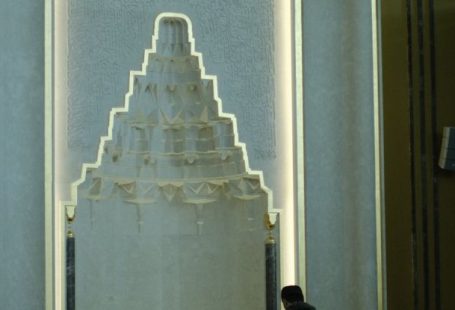Dark mode has become a popular feature across various digital platforms, providing users with a sleek and modern interface while also reducing eye strain in low-light environments. As more and more websites adopt this trend, it’s essential for web developers to understand the process of implementing dark mode on their websites effectively. In this article, we will explore the key steps and considerations to keep in mind when integrating dark mode into your website.
Understanding the Benefits of Dark Mode
Before diving into the technical aspects of implementing dark mode, it’s crucial to recognize the benefits it offers to users. Dark mode not only enhances the visual appeal of a website but also improves readability in low-light conditions. By reducing the amount of blue light emitted by screens, dark mode can help alleviate eye strain and promote better sleep quality. Additionally, dark mode can also conserve battery life on devices with OLED screens, making it a practical choice for many users.
Choosing the Right Design Approach
When implementing dark mode on your website, it’s essential to decide on the design approach that best suits your brand and user experience. There are two primary methods for creating dark mode: manual implementation and automatic detection. Manual implementation involves creating separate stylesheets for light and dark modes, allowing users to switch between them manually. On the other hand, automatic detection uses browser settings or user preferences to switch between light and dark modes seamlessly.
Creating a Dark Mode Theme
To create a visually appealing dark mode theme for your website, you’ll need to consider several key design elements. Start by selecting a color palette that complements your brand identity and ensures readability. Dark mode themes typically use dark backgrounds with light text and accent colors to enhance visual hierarchy. It’s essential to test your color choices to ensure sufficient contrast and readability across all elements of your website.
Optimizing Images and Media
When implementing dark mode, it’s important to optimize images and media assets to ensure they display correctly in both light and dark themes. Consider using SVG images or CSS filters to adjust the brightness and contrast of images dynamically based on the selected theme. Additionally, be mindful of background images and videos that may need adjustments to maintain visual consistency across different modes.
Testing and User Feedback
After implementing dark mode on your website, thorough testing is crucial to ensure a seamless user experience across all devices and browsers. Test your website in both light and dark modes to identify any design inconsistencies or usability issues that may arise. It’s also valuable to gather feedback from users to understand their preferences and make necessary adjustments to improve the dark mode experience.
Enhancing Accessibility
Accessibility should always be a top priority when implementing dark mode on your website. Ensure that text remains legible and has sufficient contrast against the background color in both light and dark themes. Consider providing users with the option to customize the contrast settings based on their individual needs. Additionally, make sure that interactive elements such as buttons and links are clearly visible and distinguishable in dark mode.
Conclusion: Embracing Dark Mode for a Modern Web Experience
In conclusion, implementing dark mode on your website can enhance the visual appeal, readability, and user experience for visitors. By following these key steps and considerations, you can create a seamless dark mode theme that aligns with your brand identity and provides users with a modern web experience. Stay updated with design trends and user preferences to ensure that your website remains visually engaging and accessible across all devices.





